What are the links between cycling and prostate cancer? The risks explained and how to improve your prostate health
Some studies have shown a link between regular cycling and prostate cancer. We dig into the numbers and the broader context
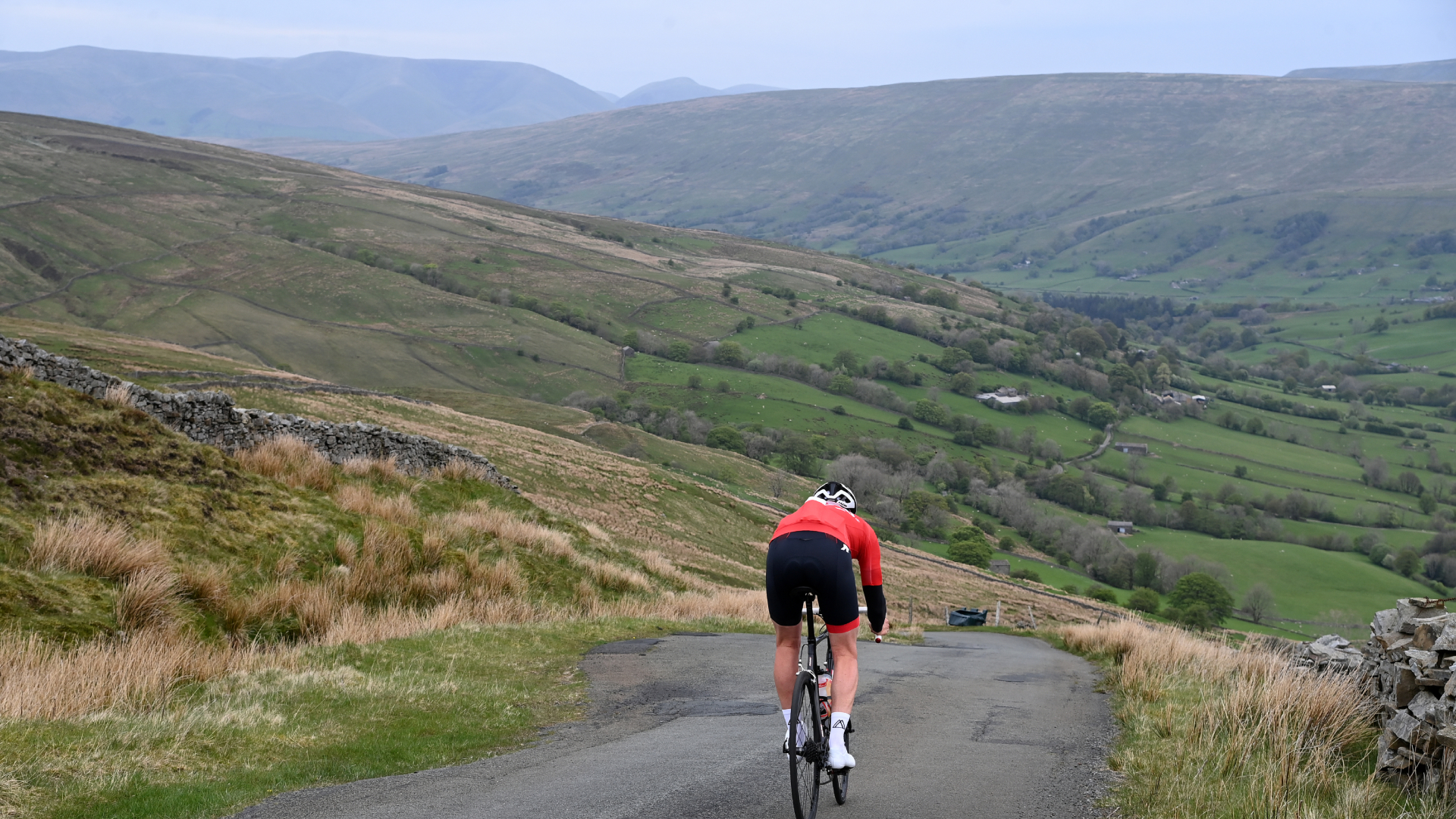
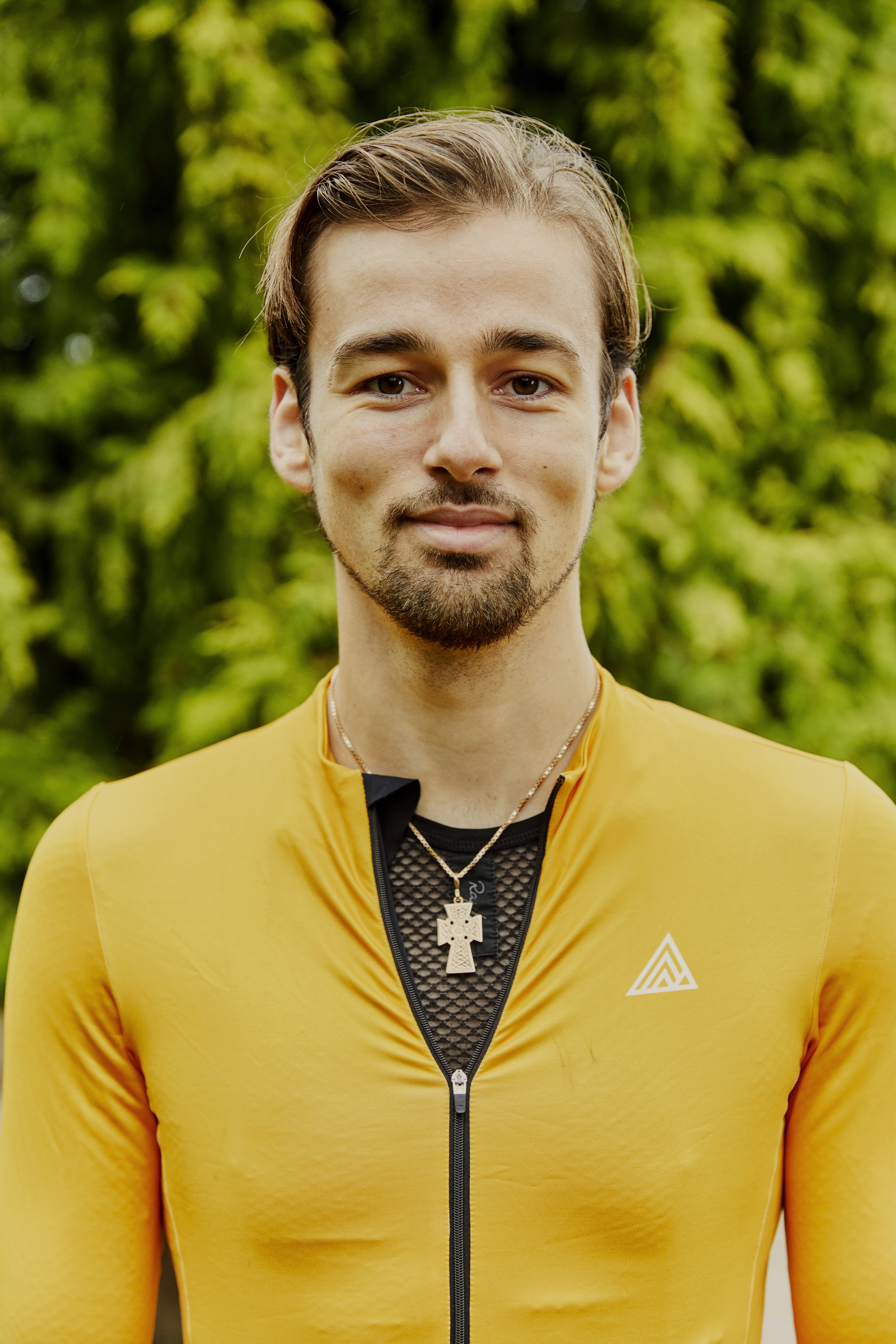
Cycling and prostate health have been linked together for several years after a study in 2014 found that as the amount of time participants spent cycling increased from under 3.75 hours to over 8.5 hours, so too did the risk of developing prostate cancer.
This risk was only associated in men over the age of 50, but it still presented some information which was quite shocking. Still, it is worth bearing in mind that this study looked at the differences amongst cyclists, and did not compare the risk against those who do not cycle at all.
Crucially, although there was a six-fold increased risk of prostate cancer for those who rode over 8.5 hours per week, those cyclists still had a lower risk of developing prostate cancer than non-cyclists.
Does cycling cause prostate cancer?

So, what is it that could be putting the most regular cyclists at risk? Well, there is a variety of factors which may increase the risk of prostate cancer:
- Prostatic inflammation: Repetitive compression and trauma to the perineum, leading to recurrent inflammation of the prostate, has been reported to be higher in cyclists. Chronic inflammation is known to be a risk factor for malignancy.
- Testosterone: Levels increase immediately after intense exercise, which could encourage early prostate cancer cells to grow. This increase, however, occurs only in the first 15-60 minutes and rarely occurs in men over 55 years. Over time, testosterone levels actually drop below normal among elite athletes — unless banned anabolic steroids are taken.
- Generation of free radicals: Strenuous exercise, particularly in untrained people, produces reactive oxidative species (ROS) that can damage DNA, the first stage in cancer initiation and progression.
Going into a bit more detail, spending more time on the bike is likely to lead to an increase in pressure on the perineum and potentially the prostate, as seen by several studies finding that the amount of time spent cycling has the potential to be positively associated with the development of erectile dysfunction.
Secondly, after periods of intense or very prolonged exercise, there is an increase in Reactive oxygen species (ROS) or more commonly called ‘free radicals’. An elevated level of these can lead to an increased chance of cellular mutation which in some cases leads to the development of cancer. However, this concern is in many ways negated by the fact that those who participate in endurance exercise more regularly have a higher level of antioxidant enzymes in the body, which counter the ROS and reduce the prevalence of mutation and inflammation.
A more recent and larger scale study was conducted in 2020 by Koupparis et al., in conjunction with Global Cycling Network and published in the Journal of Clinical Urology. This study looked at a total of 8,074 male cyclists using validated questionnaires, and the results found that there was no positive correlation between cycling and developing prostate cancer. The study controlled for differences in demographics, ethnicity, cycling frequency, and cardiovascular and prostate cancer risk factors.
Get The Leadout Newsletter
The latest race content, interviews, features, reviews and expert buying guides, direct to your inbox!
Of the 8,074, 10.29 per cent had been investigated for prostate cancer, with 0.57 per cent being diagnosed. The Koupparis study referenced the work by Hollingworth et al (authors of the 2014 study referenced at the top of this piece) and clarified that the increased risk of prostate cancer was found only in those over 50 years old and that the detailed analysis which led to this conclusion was only performed on 42 out of the 5,282 participants who had already been diagnosed with prostate cancer.
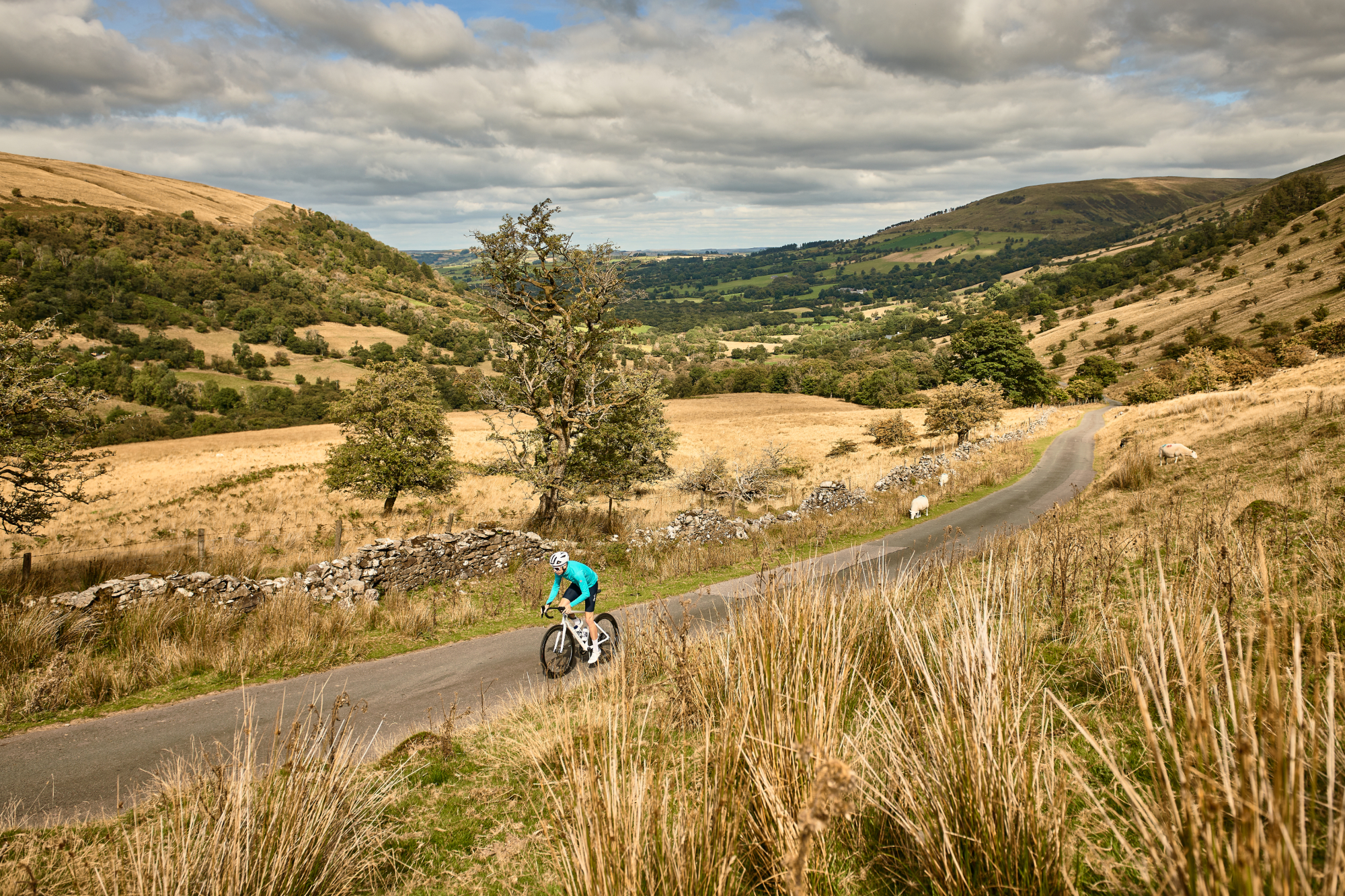
The Koupparis study also challenged the belief that cycling leads to increased levels of prostate specific antigen (PSA) as more recent studies and meta-analysis have found. The Koupparis study concludes that there is in fact no positive association between cycling and the development of prostate cancer. In fact, quite a few of the risk factors associated with prostate cancer development could be reduced by cycling.
More generally, Meg Burgess, a Specialist Nurse at Prostate Cancer UK, outlined the risk factors which can lead to an increased chance of prostate cancer development. Age is one risk factor, with most cases of prostate cancer developing in the over 50s. Another is ethnicity, as people of colour and African ancestry have a higher likelihood of being diagnosed and dying from prostate cancer (1 in 4 chance in black men compared to 1 in 8 for men overall), so being aware of these risk factors and talking with your GP is essential.
Lower levels of activity and higher body fat percentage are other risk factors and, finally, family history is a good indicator of whether you are more likely to develop prostate cancer. Her recommendations are that all men over the age of 50 should be aware of the increased risk of prostate cancer and consider getting tested after talking with their GP, and that for those with an increased risk such as those mentioned above, they should speak with their GP and be considering getting checked from 45 years old.
Benefits of cycling on prostate health
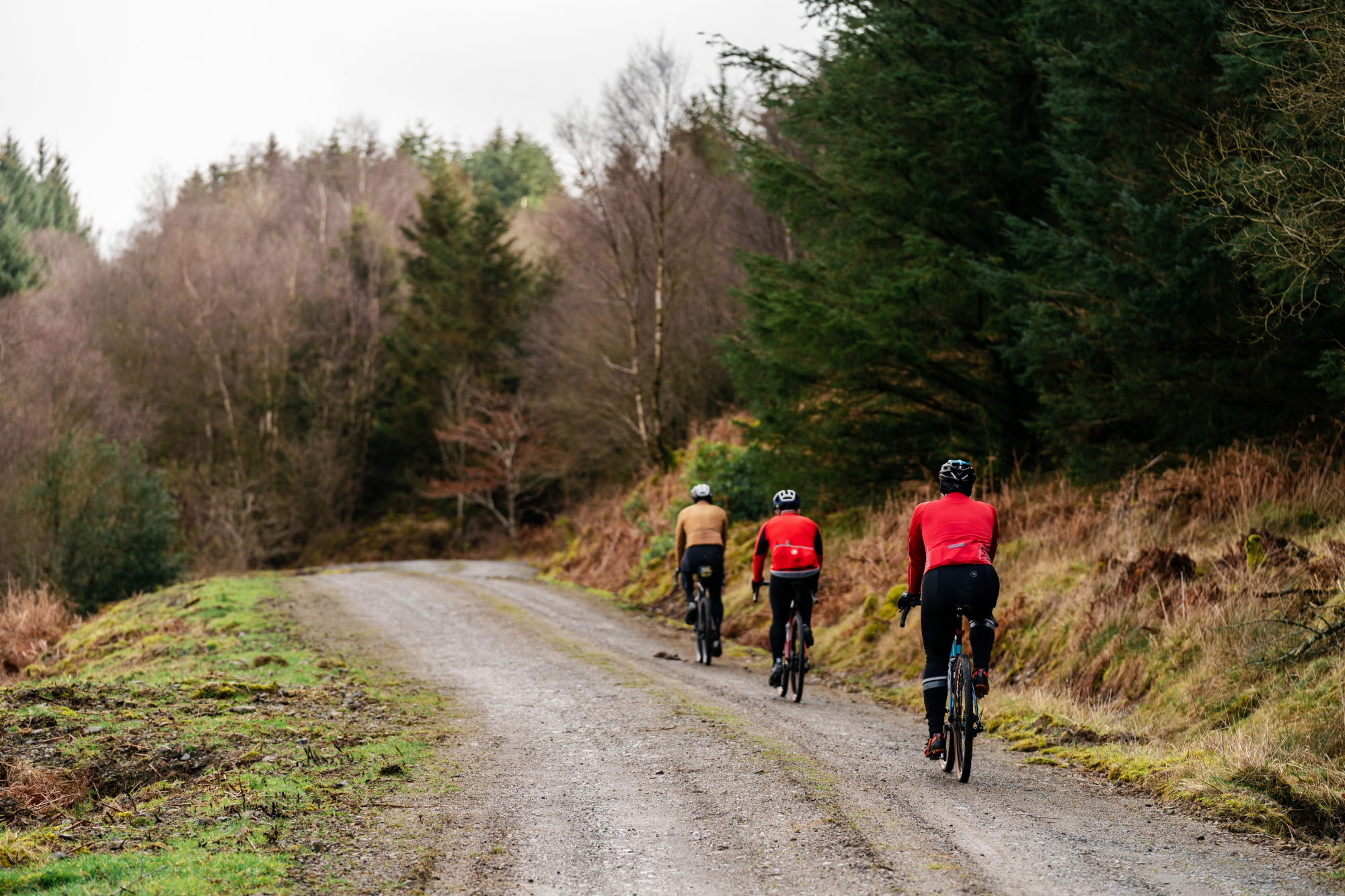
Here’s how cycling may reduce the risk of prostate cancer:
- Indirect mechanisms: Reduces obesity, improves psychological health and vitamin D levels
- Direct mechanisms: Improved insulin sensitivity, lowering growth cytokines such as insulin-like growth factor (IGF); increases natural killer cells and lymphocytes, which improve immune recognition of cancer cells; reduces markers of inflammation such as prostaglandin 2.
Firstly, individuals who are overweight are more likely to develop prostate cancer, and aerobic exercise is a great way of optimising body composition to maximise health. Cyclists are also likely to spend more time outside, so their vitamin D levels tend to be higher - which is a factor in reducing the likelihood of the development of prostate cancer.
Additionally, research into cancer metabolism has come more into the fore, in particular with Dr Iñigo San Millán. His work looks into the ways in which cancer is able to grow and develop, and found that cancer cells increase the rate of lactate generation, which in turn is then used as a fuel source by the cancer cells allowing them to grow and develop at a faster rate (San-Millán et al., 2020).
However, in studying elite athletes that Dr San Millán works with (he is Tadej Pogačar’s coach), he suggests that due to aerobic exercise increasing mitochondrial function and lactate clearance capacity, as well as increasing fat oxidation and decreasing glycolysis, there is a decrease in the body’s reliance on glucose and glycogen - thus reducing the rate of lactate generation which can increase the rate of cancer cell growth (San-Millán, & Brooks., 2017). In short, what his work suggests is that aerobic exercise may help reduce the rate of growth of cancer cells.
Diet and its influence on prostate health of cyclists
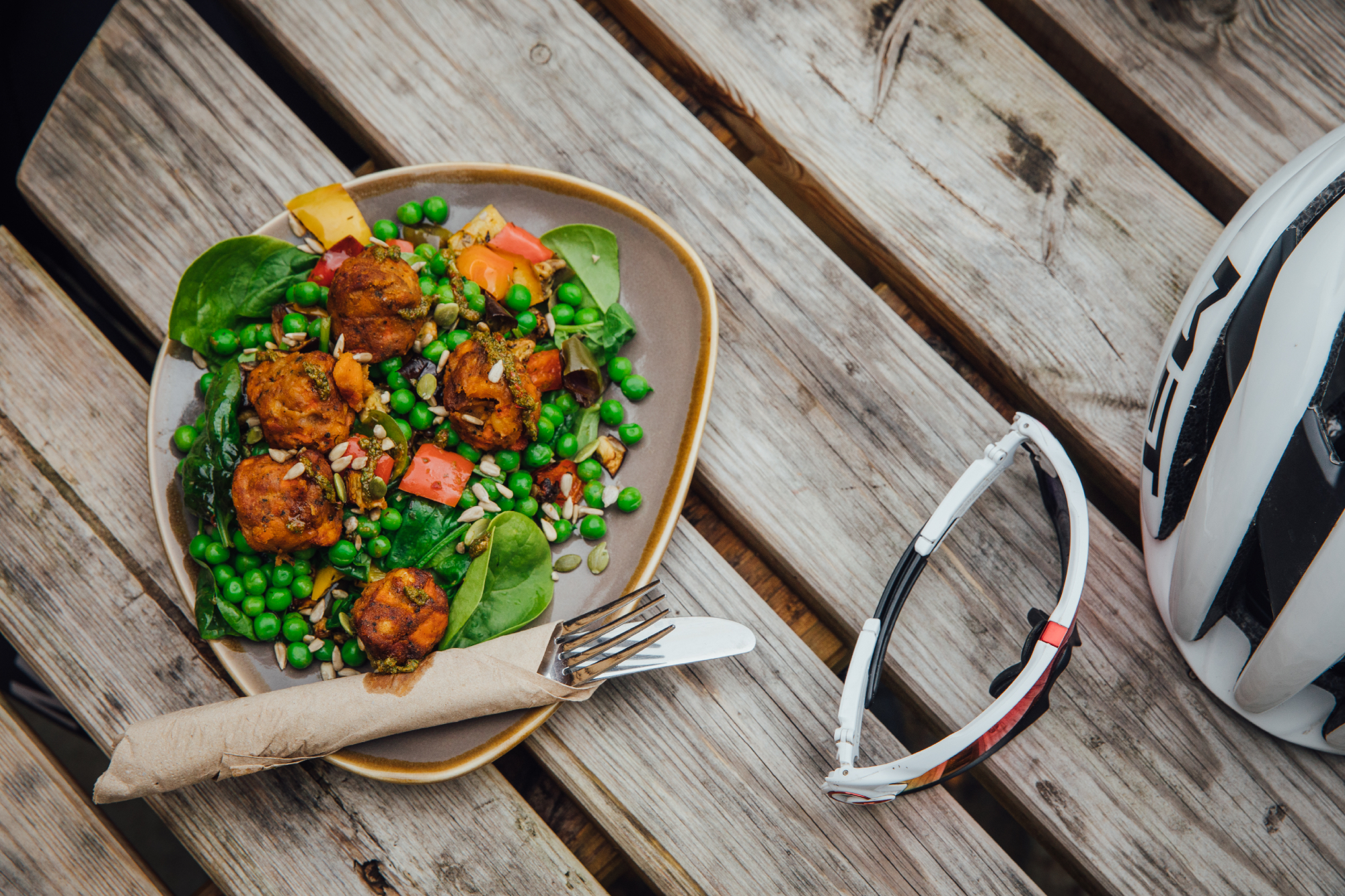
Diet is also an area which can help reduce the risk of developing prostate cancer. There has been much research in this area and, although there are some generic rules that are useful to follow, there are also elements that will be dependent on the individual. For example, increasing the amount of foods rich in antioxidants, polyphenols and vitamins essential for tissue repair is highly recommended.
From the recommendations my own father got during his prostate cancer diagnosis and long-term recovery, some of the best foods to include are oily fish, broccoli, pomegranate, and turmeric paired with olive oil and black pepper which increases the rate of absorption of the curcumin - a very potent antioxidant.
After speaking with Specialist Nurse Meg Burgess at Prostate Cancer UK, she emphasised that unfortunately we don’t know for certain how to reduce the risk of prostate cancer, but that having a varied diet that is rich in antioxidants, fruit, and veg may be beneficial. She recommends that people ‘eat the rainbow’ as a more colourful and varied array of fruit and veg will give a fuller and more complete profile of essential vitamins, minerals and antioxidants.
Following a diet which is good for the heart will likely be good for the prostate too. This is also the same with exercise, in that we can’t be certain that it will reduce the incidence of prostate cancer, but that combining an appropriate diet with endurance exercise may be beneficial as it can reduce some risk factors such as obesity. You can’t change your age, family history or ethnicity - but you can keep a healthy weight with a good diet and exercise.
However, for some of us this may not be enough to stop the development of prostate cancer, and it is important that we are aware of the risk factors, as catching prostate cancer early is the best way to reduce mortality rate.
Symptoms of prostate cancer
In terms of symptoms to be aware of, Meg Burgess says: “often prostate cancer has no noticeable symptoms, and some of the symptoms which can occur with prostate cancer are not necessarily prostate cancer - but may be a sign of benign prostate enlargement or prostatitis.
“That said, some of the symptoms that can suggest a problem with the prostate are needing to pee more frequently, this might include needing to get up more than once during the night to pass urine, and an urgency to get to the loo when you need to pee. Also a poor flow or stream of urine, it may take time for the flow to start or there may be a feeling that the bladder hasn’t completely emptied.
“Prostatitis can cause discomfort in the genitals, rectum, or pelvis. While less common symptoms might include blood in the urine or semen. Symptoms of a more advanced prostate cancer might include pain in the back or hips”.
At a glance: cycling and prostate cancer
To summarise, cycling has not been found to increase the chances of developing prostate cancer, exercise is actually a factor that has been suggested can reduce the development of prostate cancer. A diet high in unprocessed, antioxidant rich foods may also be beneficial, and if you know you are at greater risk of developing prostate cancer. And it is important to know the risk factors and symptoms to look out for, be aware that prostate cancer may come with no symptoms, and consult with your family doctor if you believe you are at risk of developing prostate cancer.
Sources
Hollingworth, M., Harper, A., & Hamer, M. (2014). An observational study of erectile dysfunction, infertility, and prostate cancer in regular cyclists: cycling for health UK study. Journal of Men's Health, 11(2), 75-79.
Koupparis, A., Mehmi, A., Rava, M., Kearley, S., Aning, J., Rowe, E., & Richardson, S. (2020). Cycling and men’s health: A worldwide survey in association the Global Cycling Network. Journal of Clinical Urology, 13(5), 371-377.
San-Millán, I., & Brooks, G. A. (2017). Reexamining cancer metabolism: lactate production for carcinogenesis could be the purpose and explanation of the Warburg Effect. Carcinogenesis, 38(2), 119-133.
San-Millán, I., Julian, C. G., Matarazzo, C., Martinez, J., & Brooks, G. A. (2020). Is lactate an oncometabolite? Evidence supporting a role for lactate in the regulation of transcriptional activity of cancer-related genes in MCF7 breast cancer cells. Frontiers in oncology, 9, 1536.

Thank you for reading 20 articles this month* Join now for unlimited access
Enjoy your first month for just £1 / $1 / €1
*Read 5 free articles per month without a subscription

Join now for unlimited access
Try first month for just £1 / $1 / €1
Andy is a Sport & Exercise Scientist, fully qualified and experienced Cycling Coach, Sports Director, Freelance Writer, and Performance Consultant. He spent 3 years riding for a UCI cycling team and 7 years as a BC Elite rider, competing in prestigious events such as the Tour of Britain and the Volta a Portugal.
Graduating with a first-class honours degree in Sport & Exercise Sciences, he continues to pursue his interest in research in the field of Sport Science alongside managing his coaching business, ATP Performance. He also works as a Wind Tunnel operator and Performance Consultant at the Silverstone Sports Engineering Hub, working with individuals, teams, and businesses to optimise performance and develop products.
-
 Cycling's riders need more protection from mindless 'fans' at races to avoid another Mathieu van der Poel Paris-Roubaix bottle incident
Cycling's riders need more protection from mindless 'fans' at races to avoid another Mathieu van der Poel Paris-Roubaix bottle incidentCycling's authorities must do everything within their power to prevent spectators from assaulting riders
By Tom Thewlis Published
-
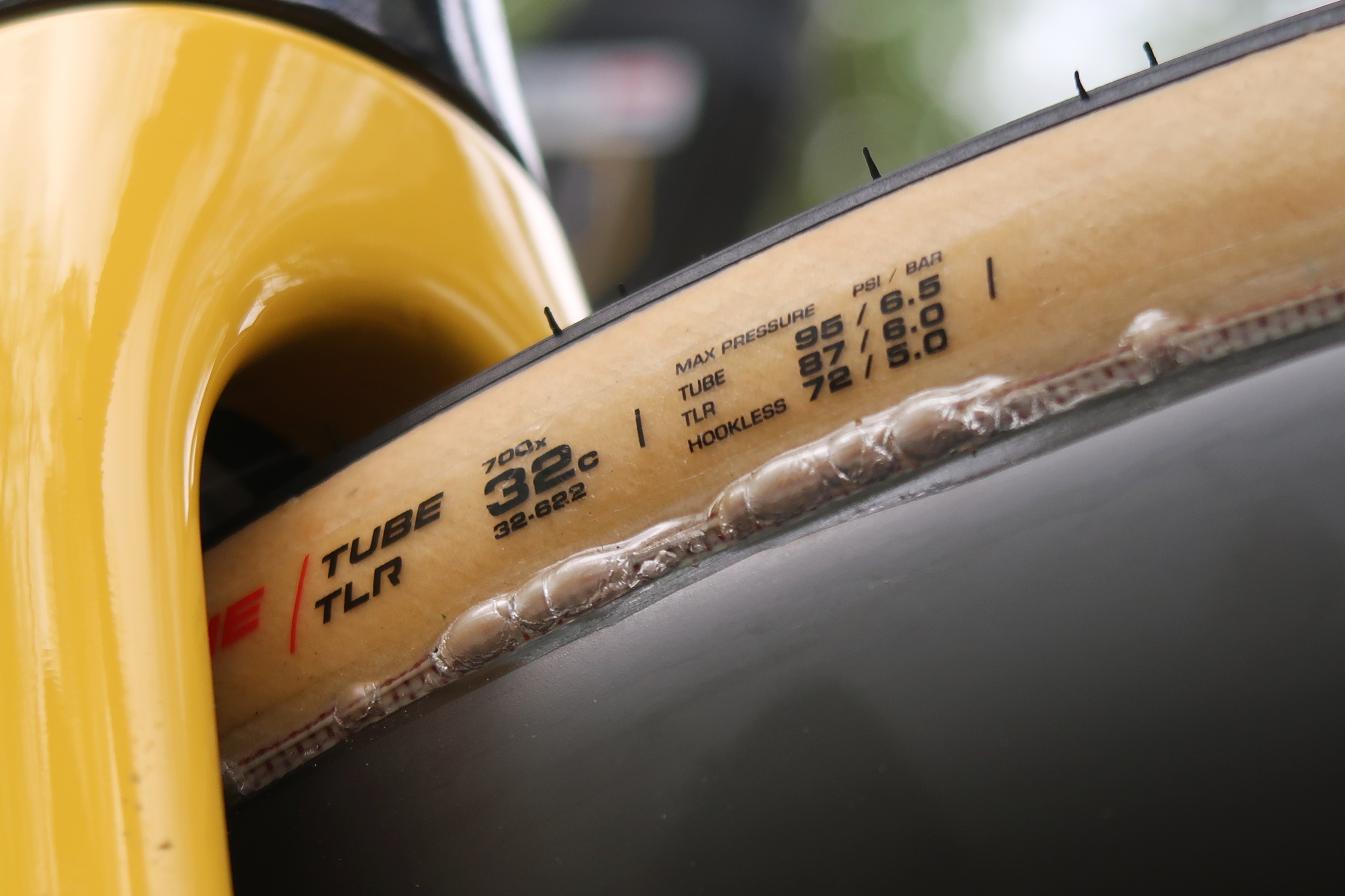 Why Paris-Roubaix 2025 is proof that road bike tyres still have a long way to go
Why Paris-Roubaix 2025 is proof that road bike tyres still have a long way to goParis-Roubaix bike tech could have wide implications for the many - here's why
By Joe Baker Published